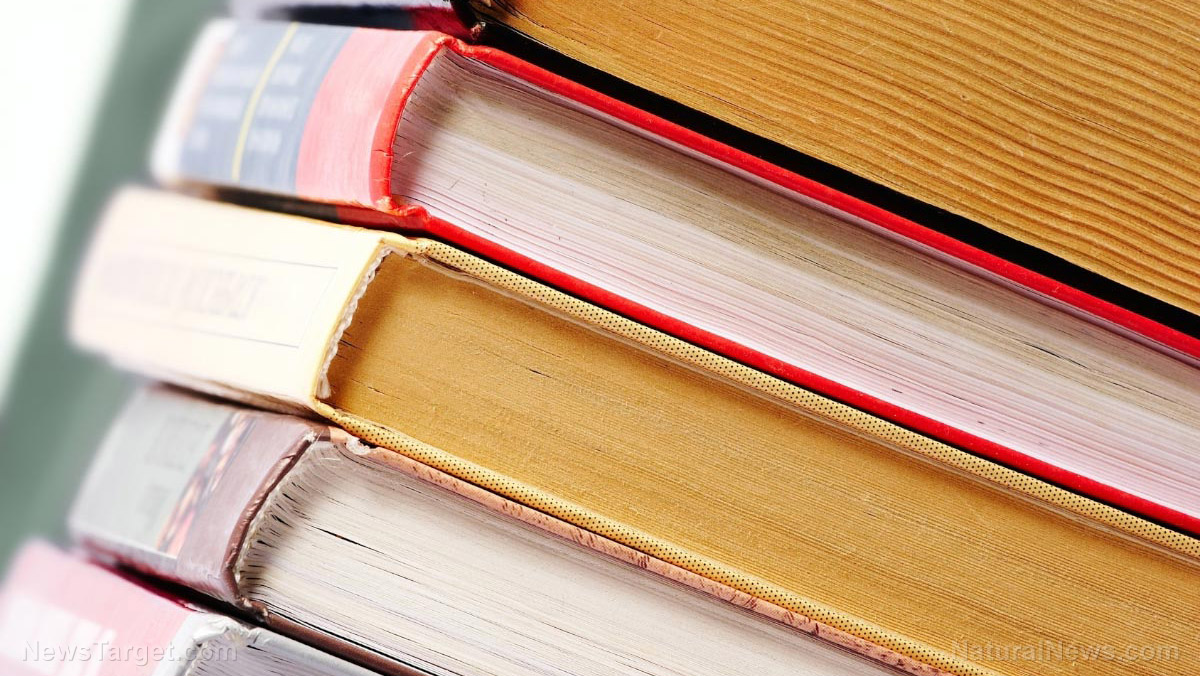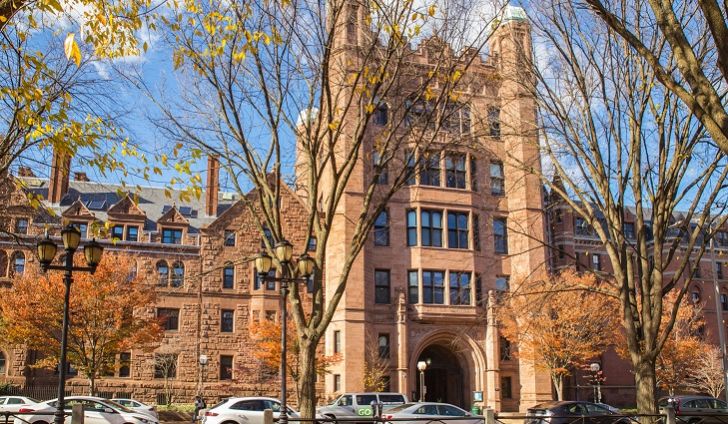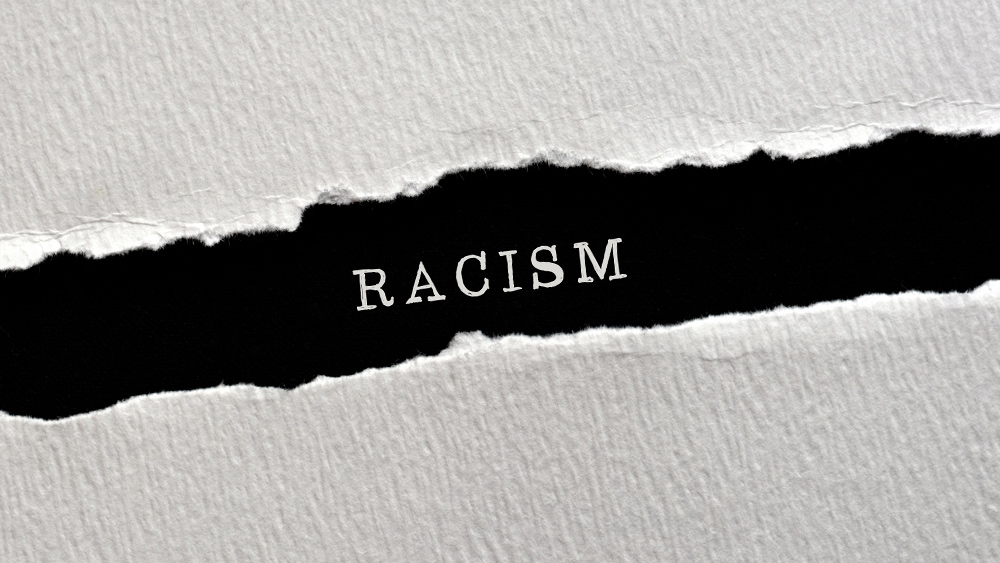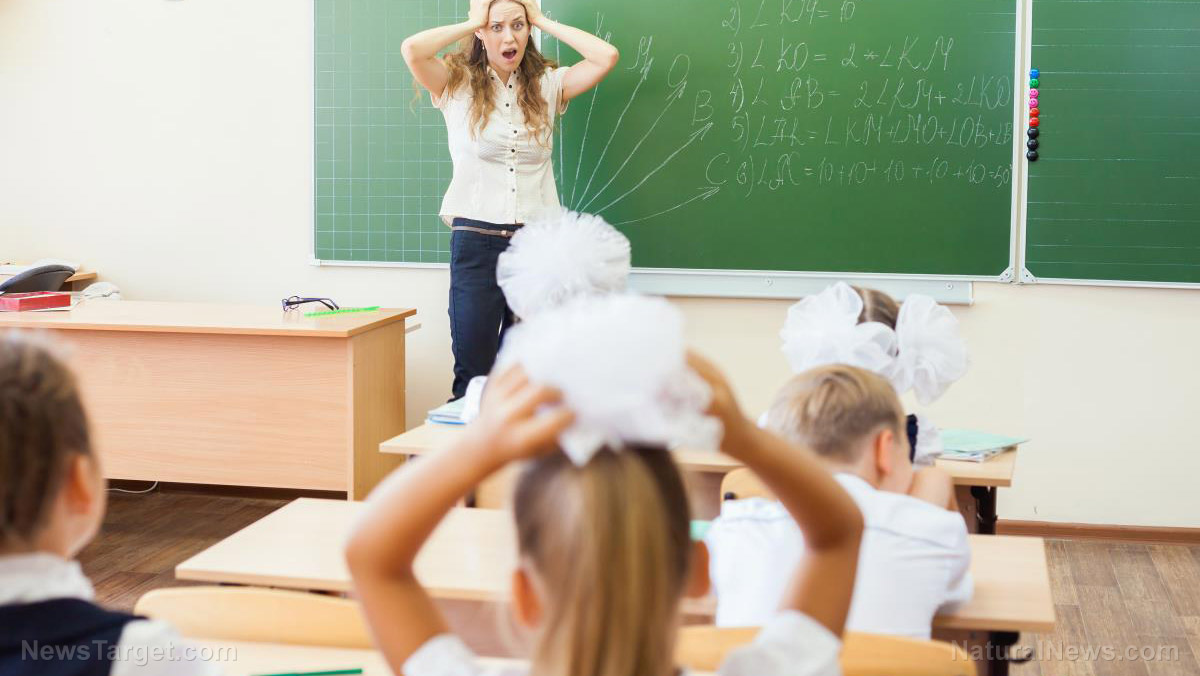LOCKDOWN EFFECTS: Students struggle to recover academic proficiency post-pandemic, particularly in READING and MATH
07/17/2023 / By Laura Harris

Efforts to address Wuhan coronavirus (COVID-19) pandemic-related learning losses in literacy and math among elementary and middle school students have fallen short.
According to a study conducted by the Northwest Evaluation Association, a prominent non-profit research organization, most grade levels exhibited slower-than-average progress in both math and reading compared to before the pandemic. This study involved the administering of assessment tests to approximately 3.5 million public school students from grades three to eight during the spring.
The findings echo previous data that indicated significant learning losses among students in the aftermath of the COVID-19 pandemic. (Related: School pandemic shutdowns to blame for historic drop in mathematics and reading proficiency scores among American children.)
“We are actually seeing evidence of backsliding,” said Karyn Lewis, a lead researcher involved in the study.
On average, students now require an additional 4.5 months of math instruction and four months of reading instruction, on top of regular class time, to catch up with their pre-pandemic peers. Older students, who typically learn at a slower pace and tackle more challenging material, face the greatest lag.
The National Assessment of Educational Progress, a federal exam widely recognized as a gold standard, confirmed the setback in learning experienced by students across most states and demographics, particularly in math. Moreover, recent national scores on math and reading tests for 13-year-olds reached their lowest levels in decades.
Furthermore, the study revealed that Black and Hispanic students often attended schools that faced more significant challenges during the pandemic and experienced greater learning losses compared to their White and Asian counterparts. Consequently, these students now face even steeper learning deficits, and their pace of learning has not accelerated in tandem with other demographic groups.
These learning losses pose significant long-term consequences for students. Research indicates that those who fail to catch up may face lower college attendance prospects and, on average, earn $70,000 less over their lifetimes.
Denise Forte, executive director of Education Trust, an advocacy group focusing on students of color and those from low-income backgrounds, remarked, “What we’re seeing here is a lack of intention.”
She stressed that federal aid funds should be concentrated on the students most severely affected by the pandemic, but the current allocation does not align with that objective.
Biden administration’s academic recovery mandate falls short as districts struggle to bridge educational gap
These shortcomings in academic recovery come despite the administration of President Joe Biden mandating that counties spend at least 20 percent of their aid on academic recovery to help bridge the gap. However, some education experts have criticized this as insufficient.
Based on the latest round of federal COVID relief funding, a record of $122 billion must be utilized or committed by September 2024. Recovery plans have varied widely across thousands of school districts nationwide, with limited statewide data available on the allocation of funds.
“Recovery efforts have been undersized from the start,” said economist Tom Kane. “We’ve seen examples of programs that have made a difference for students, but none were of the scale or intensity required.”
Additionally, many districts have juggled competing priorities, such as improving teachers’ salaries, addressing students’ mental health and addressing neglected school infrastructure.
Despite having one more year of federal aid available, some districts may need help to pivot effectively. Phyllis W. Jordan, associate director of FutureEd, a bipartisan research group at Georgetown University, disclosed that their analysis of federal aid funds in California revealed hundreds of school districts that had already expended most or all of their money.
Learn more about how the COVID-19 lockdowns have affected students at EducationSystem.news.
Watch this video that talks about how the COVID-19 pandemic erased 20 years’ worth of progress in math and reading in American schools.
This video is from the alltheworldsastage channel on Brighteon.com.
More related stories:
Lockdown pusher admits: Closing schools during the pandemic was a MISTAKE.
Sources include:
Submit a correction >>
Tagged Under:
Biden, big government, collapse, covid-19, COVID-19 lockdowns, education, education system, government spending, Joe Biden, learning, lockdowns, pandemic, public schools
This article may contain statements that reflect the opinion of the author
RECENT NEWS & ARTICLES
COPYRIGHT © 2018 PUBLICEDUCATION.NEWS
All content posted on this site is protected under Free Speech. PublicEducation.news is not responsible for content written by contributing authors. The information on this site is provided for educational and entertainment purposes only. It is not intended as a substitute for professional advice of any kind. PublicEducation.news assumes no responsibility for the use or misuse of this material. All trademarks, registered trademarks and service marks mentioned on this site are the property of their respective owners.




















